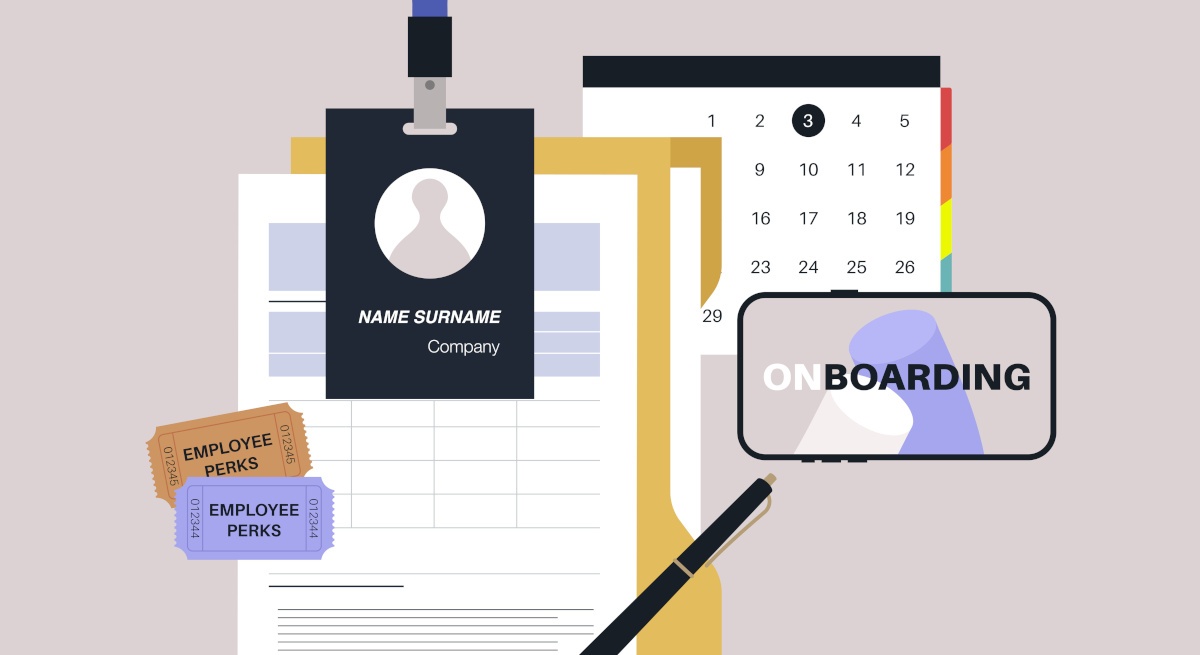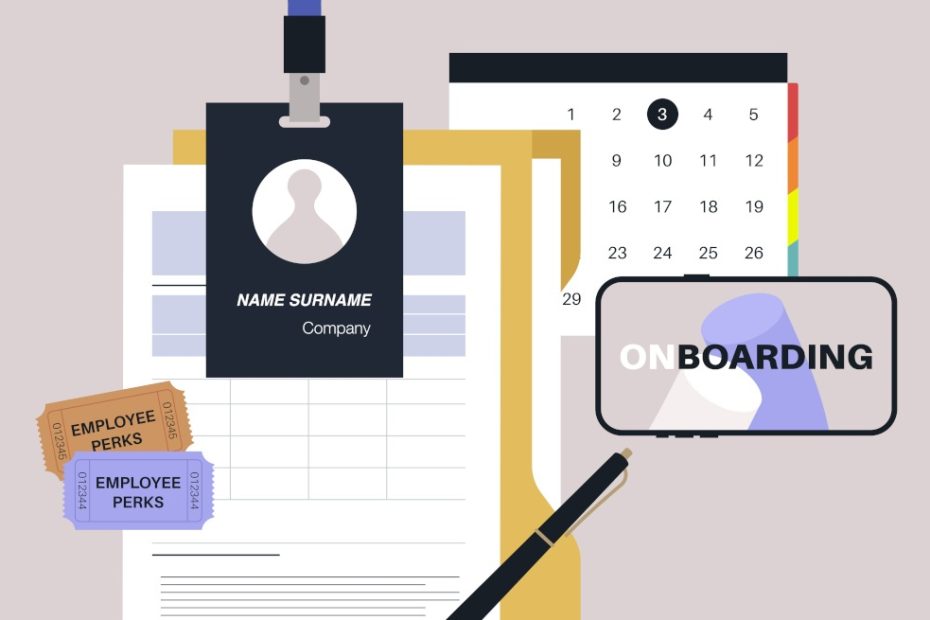
Digital adoption platforms can help hires get to grips with the tech in their new roles by providing on-demand support and hands-on training.
By 2025, it’s estimated that the majority of organisations will use digital adoption platforms (DAPs) within their tech stacks to address insufficient application user experiences and adoption in the areas of human resources, sales automation, ERP and customer support. Moreover, as organisations continue to look for ways to optimise their workforce productivity, DAPs in workflows can be the difference between organisational success and failure.
Implementing, changing, or updating software as part of a digital transformation initiative can come at a high price, such as payments for licenses, training, and integrating with existing software. Additionally, users may struggle with navigating a digital transformation and fail to utilise the software to its full capacity. This is where a DAP can come in to save the day.
A DAP sits on top of any web-based application and ensures successful software adoption by creating a positive, simplified user experience through interactive, in-app, and cross-application step-by-step tutorials and guidance. By doing so, DAPs can add value to any organisation, including:
Help with onboarding and training
Business leaders across organisations know that employee onboarding and software training can be time-consuming and expensive. According to a recent Forbes studyit can cost up to $1,400 to onboard a new employee and six months to break even on a new hire. This is where DAPs come in, allowing users to navigate and utilise digital tools quickly and effectively.
While forgetting things learned in initial training can be frustrating, it is a common occurrence, and investing time and money in course creation can feel futile when employees are unlikely to retain the information. While we all know that the human brain cannot recall every piece of information it has consumed, DAPs can step in and fill in the gaps by providing on-demand education to jog user memory with 24/7 self-service support.
DAPs also empower new employees to become productive members of their teams more quickly and seamlessly, especially if they’re working remotely. Remote employees often have a particularly hard time onboarding compared to their hybrid and in-person counterparts, and DAPs can help alleviate these issues.
Coping with change
In regular times, DAPs boost an organisation’s productivity, build positive business outcomes and achieve software ROI. By embedding direct, context-sensitive guidance within applications, DAPs decisively enhance business productivity by enabling a seamless transition during periods of change.
Thanks to direct, in-app, step-by-step guidance, employees minimise their reliance on colleagues or managers and improve self-sufficiency. Whether remote, hybrid, or on-site daily, employees are given access to personalised training and support tailored to their specific roles, skills and needs. Additionally, DAPs help new employees stick to company policies by communicating key procedures, policies and deadlines. The platforms prioritise user needs, equipping them with essential tools for effective job performance. Without the aid of DAPs, new employees may struggle to achieve their goals.
DAPs expedite user adoption and software utilisation goals, directly impacting the bottom line. By automating or streamlining redundant processes, whether within a single software application or across multiple platforms, DAPs drive significant reductions in time and labour costs. This workflow optimisation translates into faster goal achievement and software feature utilisation.
Furthermore, DAPs play a vital role in maintaining and even elevating productivity levels amid changes. By providing intuitive, in-the-moment guidance, they ease the learning curve associated with new systems or procedures. The strategic use of DAPs reduces the risks of low productivity and improves the speed at which companies can reap the full benefits of their transformation initiatives, in turn, enhancing profitability and competitive advantage.
The in-app guidance reduces the learning curve and minimises disruptions to daily tasks, ensuring that productivity levels are maintained or even improved as changes are implemented. The platform also helps users navigate changes with confidence, reducing the ‘churn and burn’ associated with learning new systems or processes.
Hands-on learning
It is clear that most companies are moving toward digital transformation, and while leadership sees the value, many employees may feel a sense of resistance because with change comes the need for training. To make matters more complicated, while organisations are eager to invest in digital products, they’re not always investing in the training that actually motivates employees to use those products.
DAPs serve as a navigation system in a car, easily guiding employees through their software use as they’re actively using it. Instead of asking users to sit through training without any hands-on experience, DAPs allow employees to learn while they’re actually working and using the software the way they would in their everyday work lives. This, in turn, ensures employees retain the information better, increasing their productivity.
DAPs also overcome significant organisational resistance by softening the blow of employees’ challenges and concerns. If employees know these organisational transformations will come with tools to help them adjust, adapt and remain productive and agile, they’re less likely to resist the change.
Change resistance is a common challenge many organisational leaders encounter with their employees, and DAPs alleviate much of that strain.
Many organisations find DAPs to be an essential value addition to their software implementation and training mechanisms for a myriad of reasons: to help with onboarding, maintain and increase productivity and overcome resistance. DAPs can help organisations accomplish all of these goals. In this age of digital transformation, there’s never been a more apt time to invest in DAPs to spur organizational success.
By Krishna Dunthori.
Krishna Dunthoori is CEO of Aptya US-headquartered digital adoption platform software maker.
Find out how emerging tech trends are transforming tomorrow with our new podcast, Future Human: The Series. Listen now on Spotifyon Apple or wherever you get your podcasts.
